Silverdale quarry smell: High Court legal challenge over noxious gas
- Published
Mathew Richards' health problems have been made worse by living next to the landfill, his mother says
A community blighted by noxious smells from a landfill site has come together for a High Court legal challenge against the Environment Agency (EA).
The action about Walleys Quarry, in Staffordshire, is being brought by the family of a boy, five, with breathing problems who live near the site.
Mathew Richards' doctors say hydrogen sulphide gas from the site has worsened his underlying health issues.
The EA and operator Walleys Quarry Ltd say work continues to address issues.
Thousands of residents have complained of sleeplessness and breathing difficulties and claim it has got worse since the beginning of this year.
EA figures have previously shown how hydrogen sulphide levels recorded at the Silverdale site have, at points, exceeded World Health Organization guidelines.
Hydrogen sulphide (H2S) is a poisonous, corrosive gas with an eggy smell.

Thousands of complaints have been made about the smell from the landfill in Silverdale
Mathew, who had chronic lung disease as a baby, lives half a mile from Walleys Quarry and his family believe it has made his condition worse.
"The first three years of his life, we were just [in] hospital, continuously, with chest problems, bronchiolitis, consistent cough," his mother Rebecca Currie said.
"If we lose I am going to be forced out of my home because there is no way I can keep Mathew around here."
The mother-of-five added: "He has nights when he's coughing, vomiting, choking.
"He's got a consistent wet cough, sleepless nights."
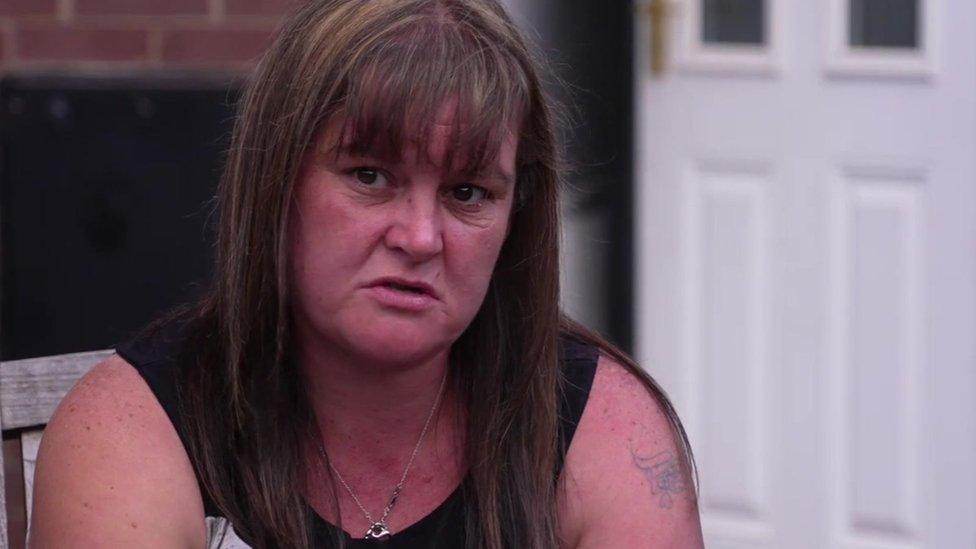
Rebecca Currie said living near the quarry was "horrendous"
The family's case is part of a judicial review set to take place at the court into the EA's enforcement of the operator Walleys Quarry Ltd.
Campaigners want an immediate stop to landfill activities at the site and for the site to be made safe.
"The community is in crisis, with widespread physical and mental health conditions due to the emissions," barrister Ian Wise QC, for Mathew, told the High Court on Wednesday.
Lawyers are accusing the regulator of "failing" to take measures and being in breach of Mathew's rights to life and to private and family life under the European Convention on Human Rights as well as seeking a declaration that the EA "failed to properly inform itself about the safe levels of H2S emissions... for children such as Mathew".
Dr Ian Sinha, from Alder Hey Children's Hospital, in Liverpool, prepared a report for the judicial review.
He said environmental exposure to H2S was significantly impairing Mathew's current health and quality of life and said continued exposure would "subsequently reduce his life expectancy".
Dr Sinha said Mathew had a three to five-year "window of opportunity" to recover or risk developing chronic obstructive pulmonary disease (COPD).
His report said the levels of hydrogen sulphide from the landfill were high enough to cause airway and lung problems, which poses a particular risk to the elderly and the 1,773 children under the age of five living in the area.
"There is an unexpectedly excessive burden of respiratory illness and death in Silverdale," he added.
Speaking at the hearing, Dr Sinha said exposure to H2S could impair a person's immune system, and that "any low-dose exposure will be particularly harmful to children with problems like Mathew".
"There's a way for him to recover and it's not by breathing air that's polluted," he said.

Environment Agency figures show hydrogen sulphide levels at the landfill have, at points, exceeded World Health Organization guidelines
Lawyers acting for the EA, which is responsible for regulating major industry and waste in England, reject the claim that there is a "public health emergency" at Walleys Quarry and argue there is not a real and immediate risk to Mathew's life.
They say Public Health England's position is that "currently any risk to long-term health is likely to be small, but a risk cannot completely be excluded if exposure were to continue at current levels".
The lawyers added the agency had taken "very substantial steps" at the landfill site and is continuing to review the matter.
Walleys Quarry Ltd said it remained committed to doing everything in its power to help remedy the situation as soon as possible.

Analysis: David Gregory Kumar - BBC Midlands Today science and environment correspondent
We know Walleys Quarry smells. But is it actually making people nearby, particularly children, sick? That's what today's hearing in the High Court is all about.
Five-year-old Mathew Richards' doctors say hydrogen sulphide gas from the site has had an impact on his underlying health issues and if the problem continues it "will subsequently reduce his life expectancy".
The company that runs the quarry says it is sympathetic but will present its own medical evidence at the hearing.
Over the next two days we could discover if the quarry is causing more than just a bad smell. Or if it's posing a health risk to children living nearby.

Prof Sir Colin Berry, a histopathologist and toxicologist, called to give evidence on behalf of Walleys Quarry Ltd, said the studies cited by Dr Sinha pointed to "association" but not evidence of "causation" of problems.
He said Mathew's case was "all explicable by what happened at birth".
Prof Berry accepted that people with COPD had a reduction in their life expectancy, but said he believed Mathew's "pre-term events are a significant part of the explanation of his subsequent illnesses".
The hearing is due to continue on Thursday and Mr Justice Fordham is expected to give his ruling at a later date.

Follow BBC West Midlands on Facebook, external, Twitter, external and Instagram, external. Send your story ideas to: newsonline.westmidlands@bbc.co.uk, external
Related topics
- Published21 May 2021

- Published20 May 2021
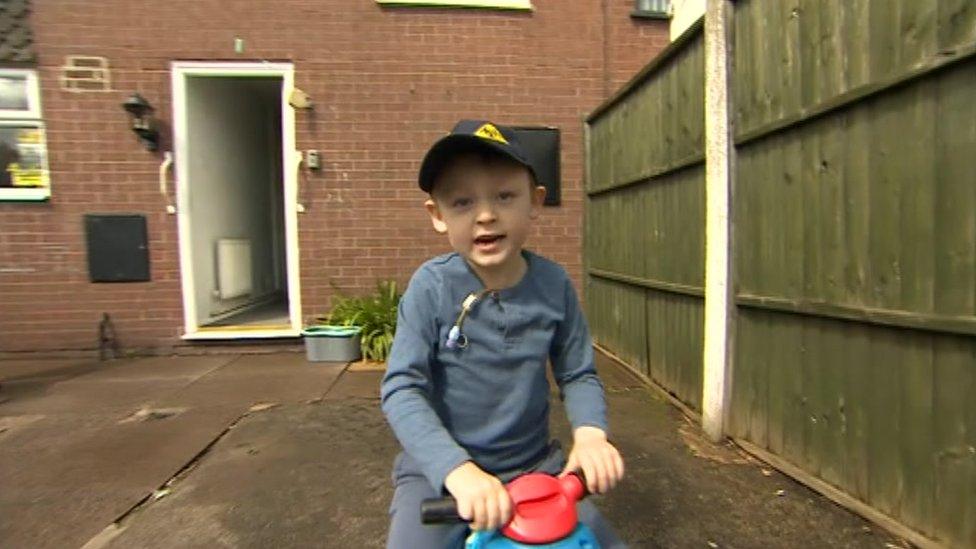
- Published5 May 2021

- Published1 May 2021
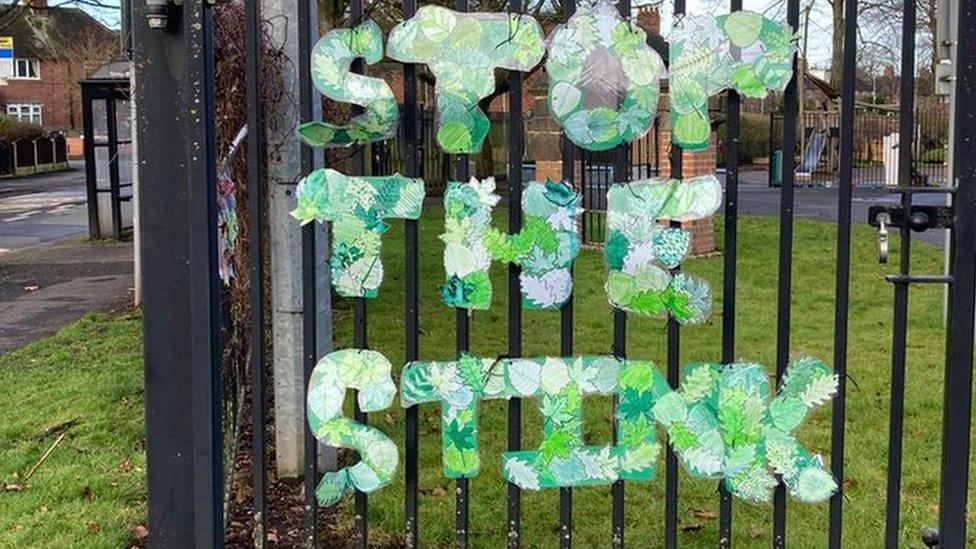
- Published29 April 2021
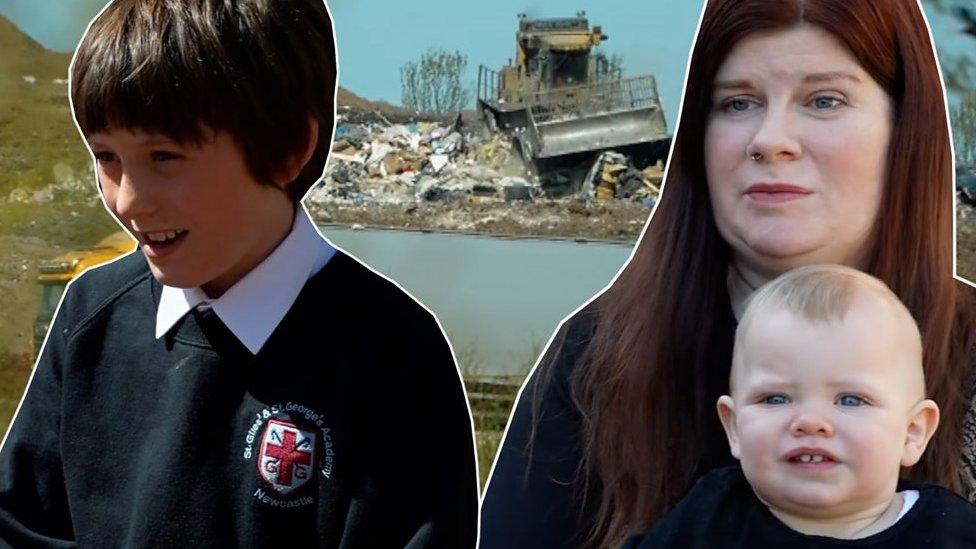
- Published26 April 2021
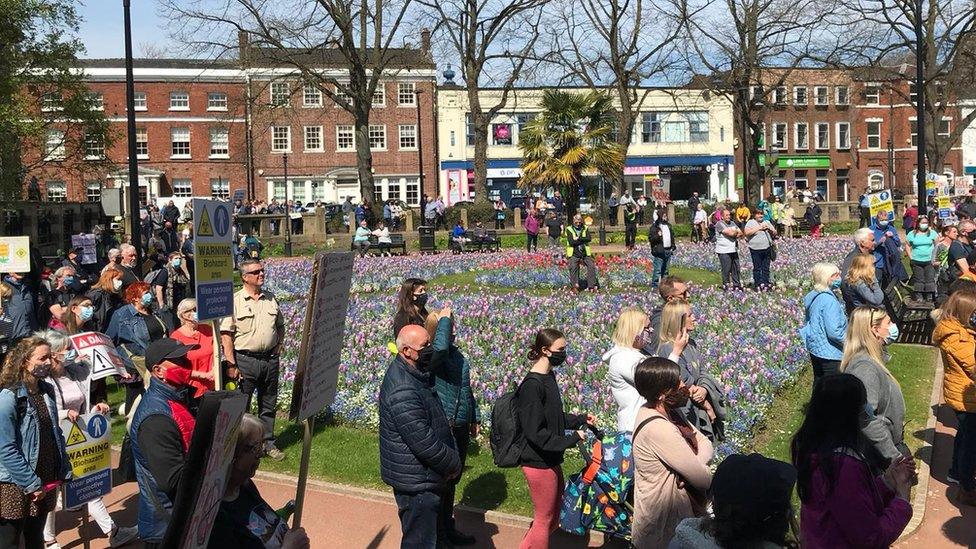
- Published23 April 2021
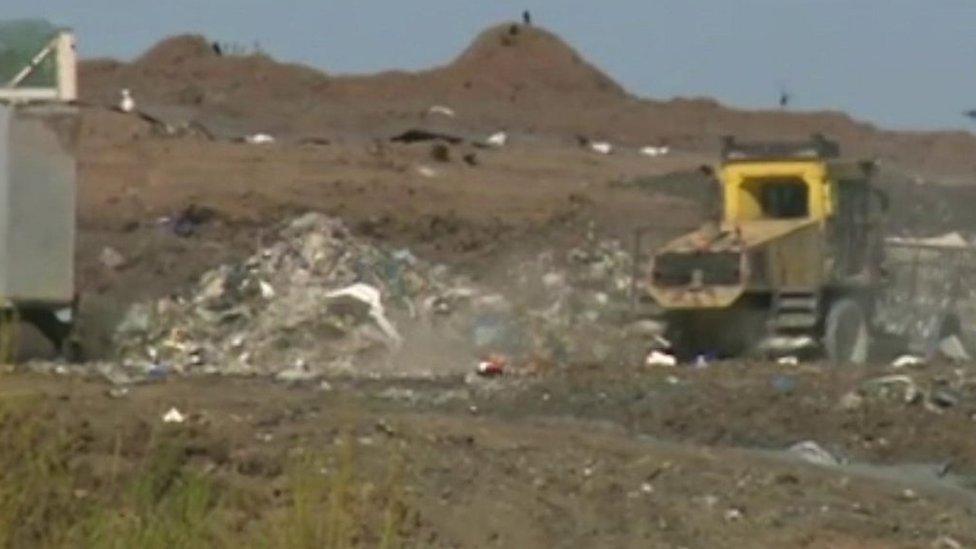
- Published17 April 2021
